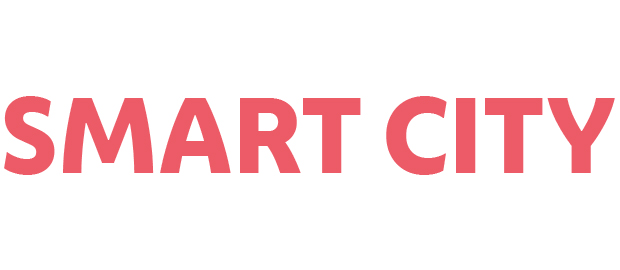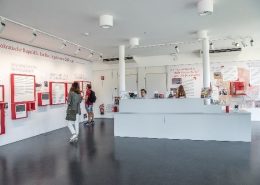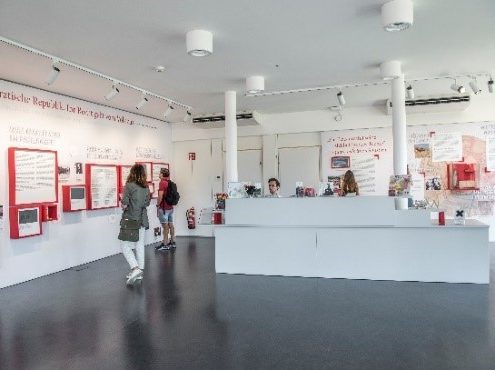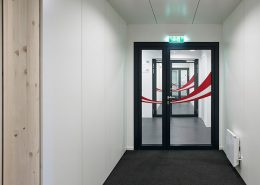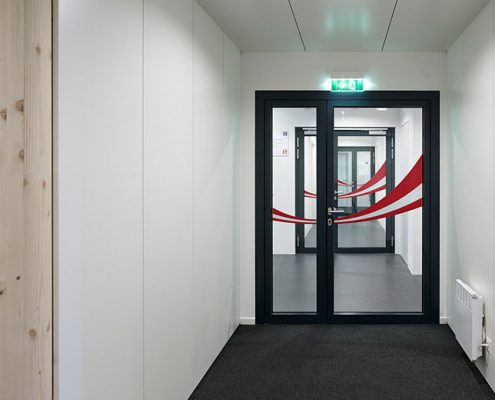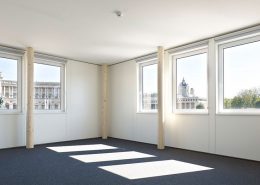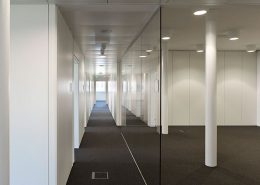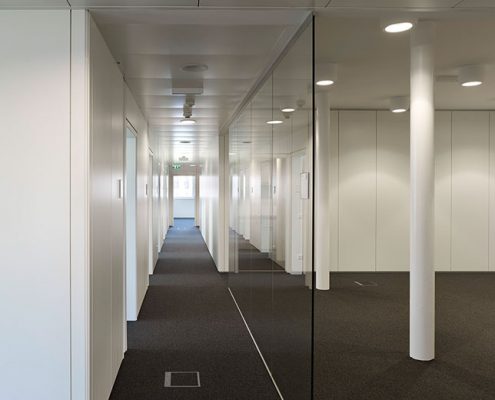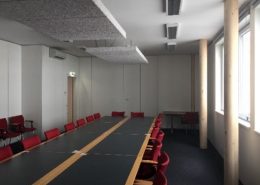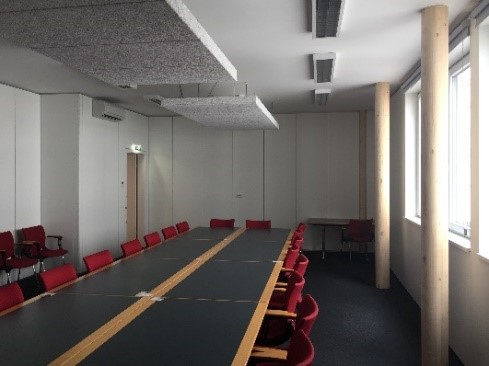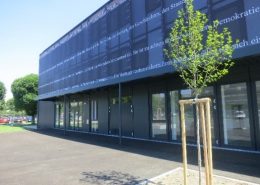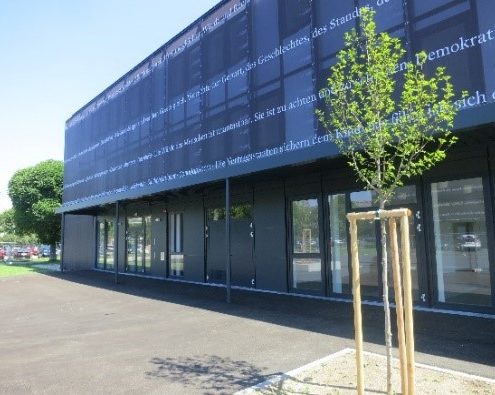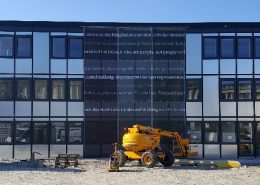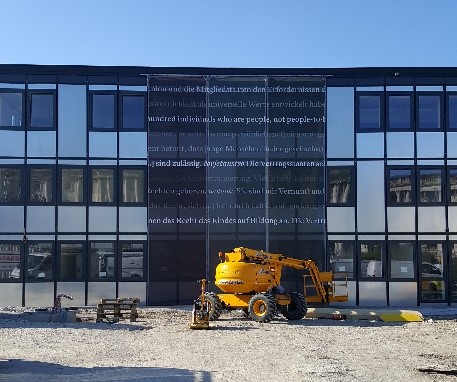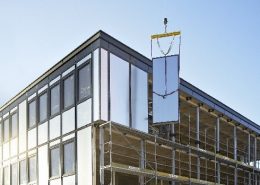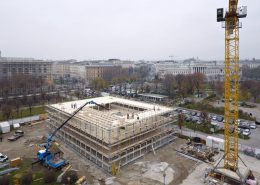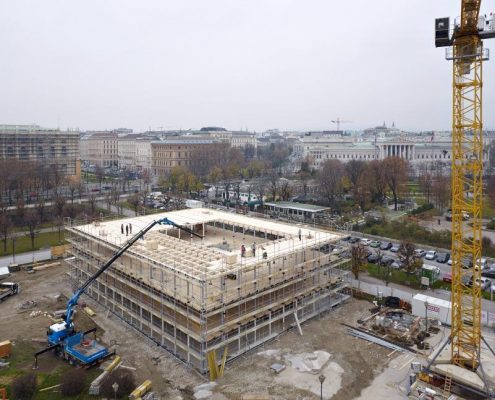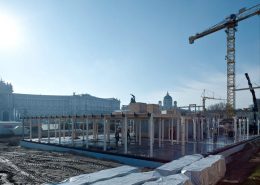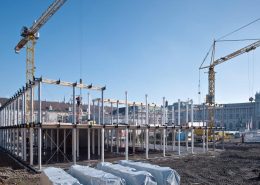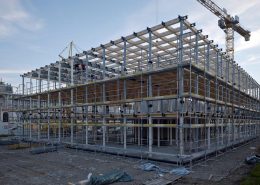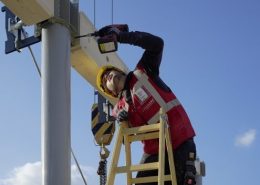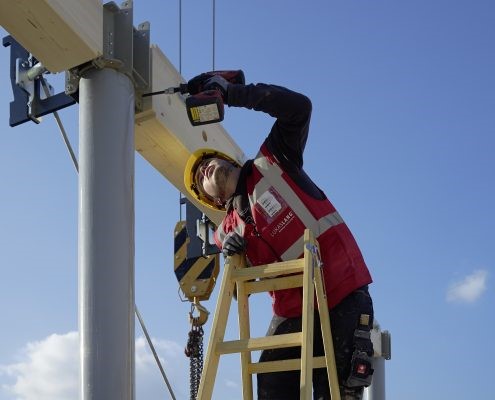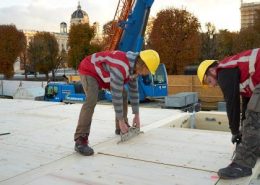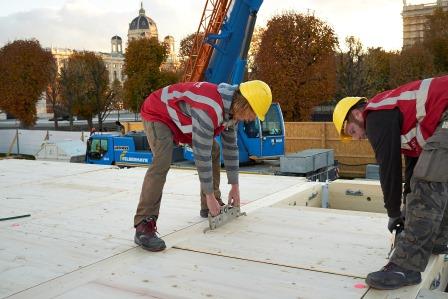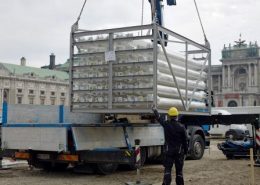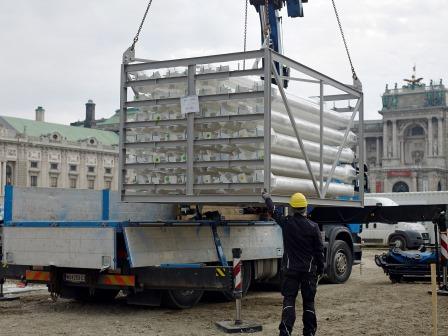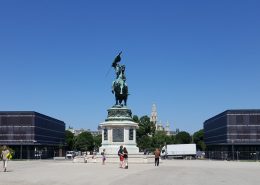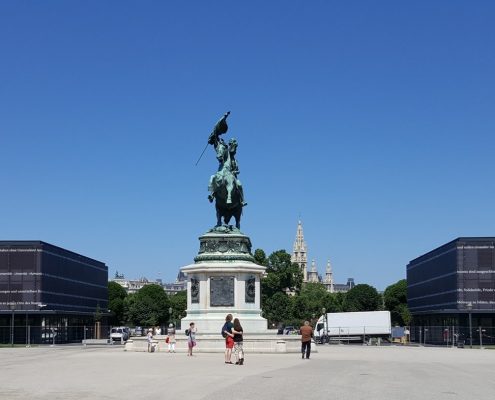In the fall of 2017, the parliament moved to temporary buildings on Heldenplatz for three years. Thanks to the technology of Lukas Lang Building Technologies GmbH, the components of the three buildings can be reused in many different ways after their parliamentary use.
Since autumn 2017, the historic parliament building on Vienna’s Ringstraße is sustainably renovated. For the three-year construction phase the parliament moved to the Hofburg. For offices, meeting rooms as well as for plenary sessions three temporary office buildings were erected on Heldenplatz and in its so-called Bibliothekshof. The requirements for the construction project on the green field were that the buildings are demountable and ecological. Following a two-stage tender procedure throughout the EU, the contract was commissioned to Strabag AG, which acts as general contractor. The sustainable and demountable modular system was supplied by Lukas Lang Building Technologies GmbH.
The system from Lukas Lang Building Technologies not only meets all requirements, but can even be flexibly reused beyond its useful life. The building components of the temporary office buildings can be rebuilt in a different architectural combination for another use after being used by the parliamentarians, whether as a kindergarten, a school, for residential accommodation or single-family homes.
Facts & Figures
For the three multi-storey buildings, around 135 trucks rolled through the Heldentor and delivered the components to the construction site, where they were quickly, cleanly and quietly bolted together with hand tools, cordless screwdrivers and a lifter – no stemming, no drilling, no loss of value. Building size and spatial planning is not a completed process in the buildings of Lukas Lang Building Technologies, but a variable that can be changed at any time, making their buildings flexible.
As an indication: 481 wooden pillars, 5 476 wooden beams and 6 600 ceiling elements were installed in these three- and four-storey office buildings so that they can be dismantled without loss of value after being used by the Parliament. For the interior, which is without any supporting function and thus allows flexible space arrangements, more than 8 500 m2 of raised floor, 2 774 running meters of interior walls and about 340 doors were mounted by the 35-member assembly team. What all these building components have in common is that they can be unscrewed after temporary use and installed in other buildings. Even on another continent, they can be used again because, in contrast to modular or prefabricated buildings, the components can be transported compactly packed on conventional trucks, 1 m2 of living space equals about 1 m3 of transport volume and fits through almost every driveway.
Planning, static calculations and calculation of the construction project on Heldenplatz were carried out fully automatically, as with all other Lukas Lang buildings. The components were mainly produced in Austria, in rational processes with the highest quality control and in large quantities. This mode of production thus follows the industrial idea of the automobile industry and therefore acts as a pioneer in the construction industry.
Sustainability & Technology
The demands of the tender process were fulfilled by the Lukas Lang modular system not only by its reusability, but also thanks to the building material wood, which not only ecologically ensures an incomparable indoor climate, but at the same time takes into account the concept of sustainability. In Austria, for example, the amount of spruce wood required for the three temporary office buildings with a floor space of around 10 000 m2 will regrow in just over 30 minutes.
After the parliamentarians move back to the refurbished building, the office buildings are dismantled neatly, silently and quietly using hoists and cordless screwdrivers, and perhaps nine kindergartens or a hundred single-family homes are being built from its components.
Contact
Lukas Lang Building Technologies GmbH
E-Mail: office@lukaslang.com
Website: www.lukaslang.com (in German)
This post is also available in: German

